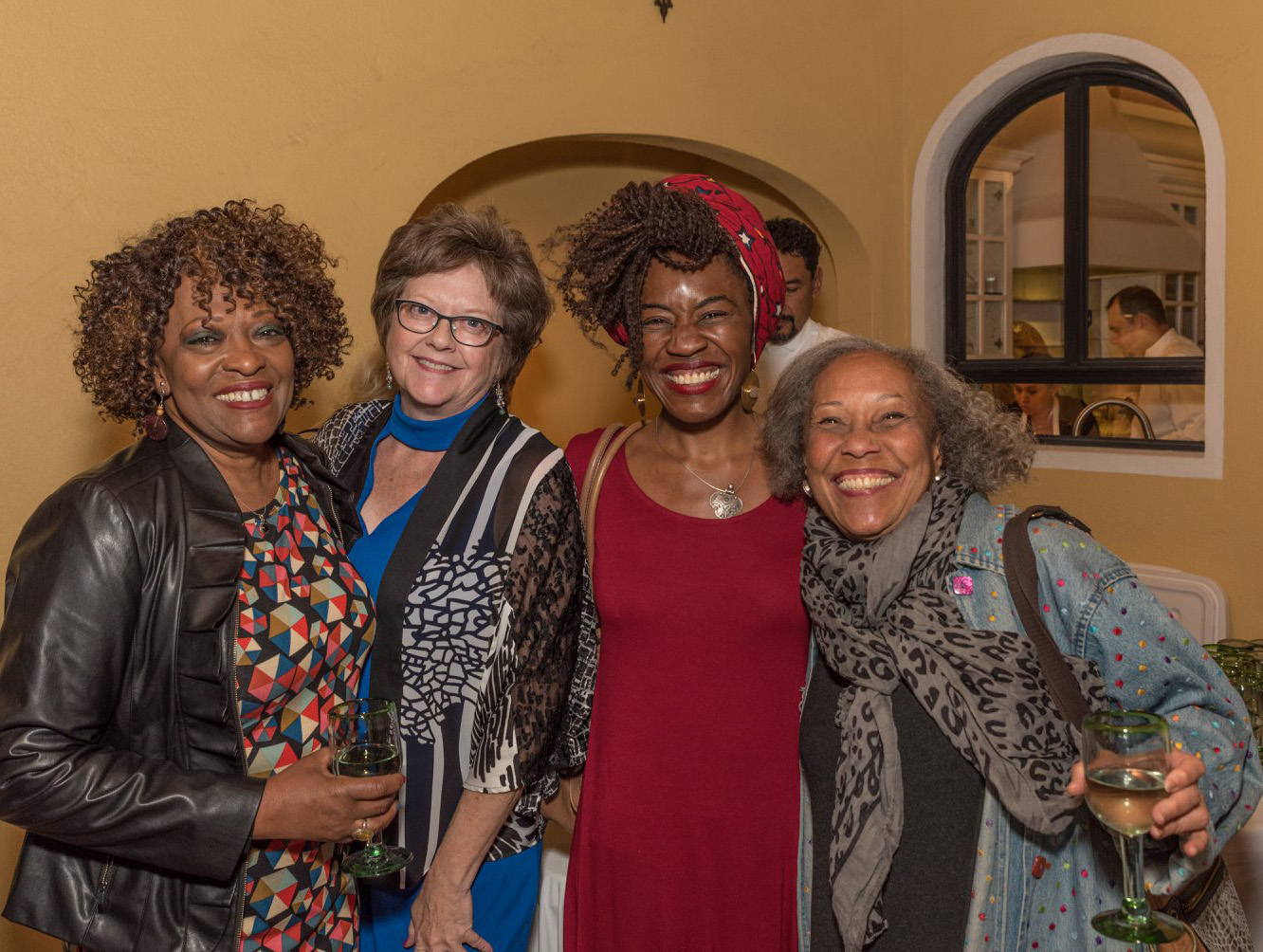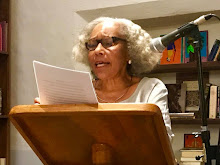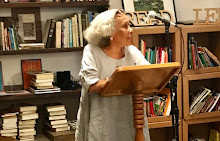Recently a friend shared a Yourba proverb with me, If you want to make God laugh, make plans. I, the meticulous planner, must have supplied Her with 50+ years of hilarity. That stopped last year. I stopped trying to map out a life course—stayed focused and aware and practiced my go with the flow skills, not the forté of us who like to plot our course. The only thing I planned last year was my trip to Morocco.
A couple of months ago I looked at pictures of my house in New Orleans—not the damage I photographed in November 2005 when we were finally allowed back in city after the storm—but pictures of the restored house. They were mostly of the kitchen which I’d updated—stripped the wainscoting, added additional cabinets and replaced the countertop. The kitchen I never used after the work was complete. I’d forgotten how much I love that house—how perfect it was for me. But the city no longer feels perfect.
2008 flew by. No, it’s not because I was having fun but because as we age each year is a smaller percentage of our lives. Now each year is less than a 50th of mine. The first part of the year must have been relatively uneventful because I don’t remember much—the Writers’ Conference in February, a wasted weekend in Mexico City. For me the Conference highlight was Rebecca Walker, a wonderfully frank and thoughtful memoirist. I loved both her keynote address and the afternoon workshop she taught. The weekend in Mexico City was wasted because we spent too much time inside, talking rather than out exploring the city. One of the things I miss most living in San Miguel is the stimulation and diversity of a big city, but el Distrito Federal es fabuloso.
In April, I went to Morocco—a place I’ve dreamed of visiting since mama’s photo essay book on the country captivated me in my teens. There were several cities I wanted to see and figuring out the logistics got complicated so I started looking at tours, something I’ve avoided in the past. Two other women from San Miguel and two of their friends from the States were interested in going so we booked a tour that included all the places I wanted to experience and some I hadn’t researched—out of a total of 15, we were five. I loved Morocco—the juxtaposition of ancient and modern; the intricacy of its hand made crafts; its colors, smells, and rhythm; the daily calls to prayer; the Atlas Mountains and its miles of coastline that extends from the Atlantic Ocean to the Mediterranean Sea. The pace of the tour was hectic—it was only during the pre-trip to Essaouira, a fishing village that reminded me of Cape Coast in Ghana, that we got to savor a city—but the plethora of experiences that were packed into these 20 days gave us a portrait of Morocco that extended beyond the typical tourist experience. An aspect of the trip I thought I would hate, I loved—touring Morocco by bus. This allowed us to see much more of the country. I'd dreaded the idea of endless hours on the bus, but we never drove for more than three hours without making a stop at some place of interest or for lunch. We stayed for at least one night in Casablanca, Essaouira, Rabat, Fez, Erfoud, Tineghir, Ouarzazate, and Marrakech and spent two nights camping in the dessert. One night in the desert would have been sufficient for me — our campsite was too rudimentary for a 600 thread-count girl. This was a wonderful overall view of the country. Hopefully I’ll find my way back. I would love to spend more time in both Rabat and Marrakech and go back to Essaouira one June for the Ghaoua Music Festival. Since the trip, I’ve fantasized with my friend Teia, who is living in London now, about getting a retirement place together somewhere on the Moroccan coast.
When I returned, gushing about Morocco and how much I’d like to live there, a friend reminded me that I’d said the same thing when I returned from Buenos Aires in 2007. I loved both places for very different reasons. When I say live, I don’t mean forever but I’d like to rent an apartment in both places for a few months. Living in Mexico has let me know that I can acclimate to other cultures and I want to get to know people from other worlds. Most of us are much too insular for the current global environment.
The big surprises in Morocco were that no one wanted dollars, which had lost a third of its value against the dirham in the previous 24 months, and how focused people were on the upcoming election in the States. Whether they favored Hilary or Obama, all were anxious for Bush’s presidency to end, and felt empowered by the possibility that a man of color might lead the United States.
Last year, the American community in San Miguel was fixated on the election and primarily pro-Obama. I did not embrace his candidacy wholeheartedly at first. He would be an outsider, and our last outsider President, Jimmy Carter, who I thought was a great man, had been ineffectual. It wasn’t that I didn’t believe a Black man could be president in my lifetime. I’d grown up in Atlanta and fantasized about this possibility since Maynard Jackson became our first Black mayor in 1974. But this dream dissipated as the restoration of New Orleans unfolded. The blatant racism surrounding this great tragedy made me feel that America would never live up to its promise of liberty and justice for all. I was so cynical at the beginning of his campaign that an Obama presidency seemed like a pipe dream.
Plus, Obama did not match my first African-American president fantasy. I’d envisioned someone older, someone descended from the Civil Rights movement. And he was bi-racial—which I knew in America meant Black but somehow seemed to mitigate his blackness with white Americans. And I resented this, that blackness still needs to be softened in these United States. But for some unknown reason, during the spring I remembered something my first acting teacher in New York, noted actor and director Bill Duke, had said. Bill had told us that the first thing we had to do as Black actors, when going on auditions and interviews, was remove the threat—the sense of danger that whites always felt in our presence. For a myriad of reasons—his demeanor, his Harvard education, growing up in a white home—Obama was less threatening than the African-American president I’d imagined. My first Black president fantasy probably would not have been reached a broad enough constituency to get elected. Obama did.
Morocco was supposed to be my only trip this year but death brought me back to the States twice—in May I went to San Francisco for a friend’s memorial service and in July returned to New York to bury Aunt Sis, my mother’s eldest sister. Her death shouldn’t have been a shock—she was 99 years old—but it was. It had never crossed my mind that she wouldn’t be around for the big 100th birthday party we were planning for her in November. Connecting with family and friends was the up side, the downside is being continually revealed as all the holes she left in my life are exposed.
In August I moved for the 3rd time. I hate moving, but had lost patience with the owner’s constant renovation of the apartment above mine—workers hammering and nailing all day long while I was trying to work. I moved to a separate little house on Calle Palma in Colonial San Antonio. It’s a different colonial but essentially the same neighborhood, less than a five-minute-walk from my old place in Guadiana. Guadiana was more upscale and essentially an American neighborhood. San Antonio feels more like neighborhoods I lived in all my life—a mixture of Mexicans and Americans, houses and businesses (with the convenience of tienda at the end of the block), kids playing in the street. I traded my extra bedroom for the seclusion of my own house and more outdoor space—a huge patio in the front, a smaller one out back. It also has a fireplace, which I thought would fight the winter chill of no central heat in concrete building, but it's poorly constructed and only provides ambiance. But this house gets much more light and the sun warms it most days.
Although I gravitate toward ancient over modern, I needed a respite from San Miguel’s colonial charm and returned to Tlaquepaque, a village outside of Guadalajara, in August for its annual crafts show and furniture expo. Although its buildings are mostly colonial, modern-day Tlaquepaque has become an up-market boutique arts and crafts centre. It was refreshing to see modern Mexican design.
I spent the balance of the year in San Miguel and surprisingly wasn’t bored by this. Last April, when I left for Morocco, I was dying to get out of the city—I’d spent five straight months in SMdA and was wondering if this environment could engage me for the long haul without frequent travel. But I’ve had some kind of shift and am enjoying this small town experience. It’s a perfect place to write, something I’m doing almost daily now. I began working with Victoria Smith, a retired nurse and Peace Corps alumnae, on a series of personal essays and wrote my first series of newspaper articles, publicizing the Writers’ Conference. There were moments when I would have preferred to be in the States—I would have loved to celebrate both Obama’s election and inauguration either in Atlanta, where I grew up (preferably at the Ebenezer Baptist Church), or outside the State Office Building in Harlem, but made do with the celebrations we had here. Some days I think about returning to New York but the cost of living is high and jobs are scarce. Staying in Mexico now is just good common sense. When I need a big city hit, a fabulous city is a 4-hour bus ride away. Plus I’m enjoying this—it’s beautiful, has nearly perfect weather, and I’ve made friends.





